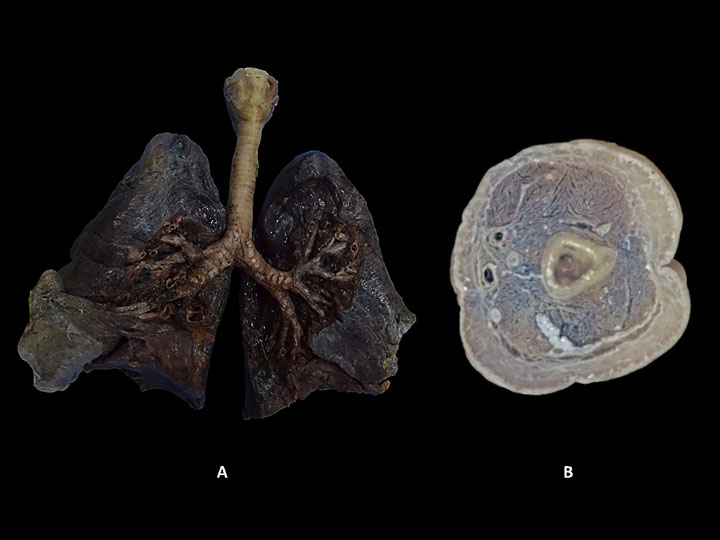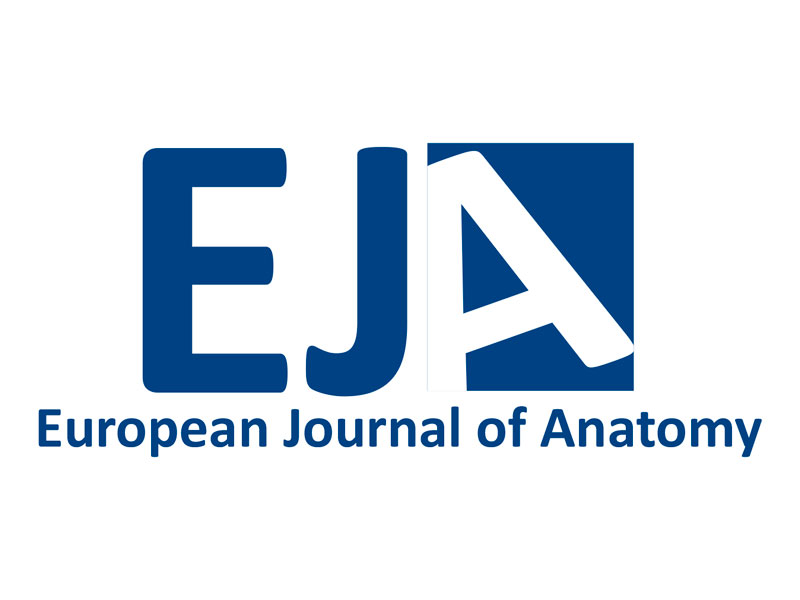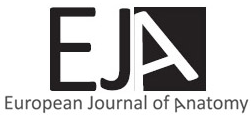Across the world anatomists are responsible for delivering anatomical education designed to help prepare students in becoming safe and competent medical and allied healthcare practitioners. Despite the critical role that anatomists play in the early stages of student learning, little is known about the identity of anatomists, and how their journeys and experiences have shaped the ways they perceive and embody their role. The aim of this study was to provide anatomists with a reference to take comfort in the shared experiences of other anatomists, to provide individuals and managers with real-life situations that anatomists may come across in their career, and to generate a sense of belonging within the anatomy community. Through a survey data collected from 161 anatomists, it includes demographic characteristics, access to training and support provision, and availability of network and career opportunities. In addition, information was collected that focussed on aspects of wellbeing and lived personal experience in the workplace. The results of this study provide significant evidence for the need to develop a more inclusive, diverse, and supportive environment for anatomists in both the work place as well as within professional societies and at conferences. Self-identifying female anatomists experience more discrimination overall (p=<0.01), with specific elements such as barriers to career progression (p=0.004) and work-related mental health issues (p=0.02). Individuals, teams and managers have a distinct role to play in ensuring that everyone can work and thrive in a culturally safe work environment.
Identities and experiences of Anatomists
Claire F. Smith1, Lydia Boyton2, Cecilia Brassett3, Darrell JR. Evans4, Ross Munro1, Gabrielle M. Finn5
1 Department of Medical Education, Brighton and Sussex Medical School, University of Sussex, Brighton, United Kingdom
2 Faculty of Medicine, Imperial College London, London, United Kingdom
3 Human Anatomy Centre, Department of Physiology, Development and Neuroscience, University of Cambridge, United Kingdom
4 School of Medicine and Public Health, University of Newcastle, Australia and Faculty of Medicine, Nursing and Health Sciences, Monash University, Australia
5 School of Medical Sciences, Faculty of Biology, Medicine, and Health, University of Manchester, Manchester, United Kingdom
SUMMARY
Eur. J. Anat.
, 27
(2):
219-
235
(2023)
ISSN 2340-311X (Online)
Sign up or Login
Related articles
Medical education
Medical education



